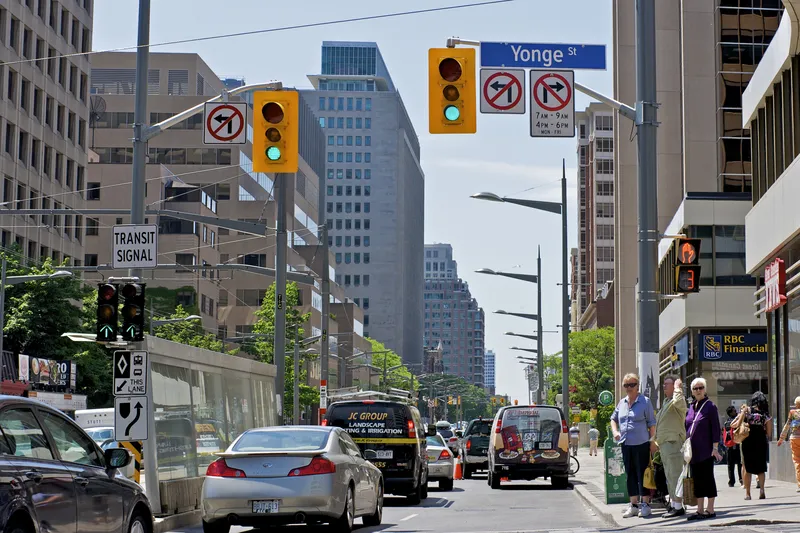As part of an initiative to create 3,000 public and workplace stations over the next five years and to put 40,000 plug-in hybrid vehicles on the road in the state, New York is to have more than 360 electric vehicle (EV) charging stations installed throughout the state to help reduce fossil fuel use. Announcing the project, Governor Andrew Cuomo said, “Building this network of innovative charging stations will encourage New Yorkers to use fuel-efficient alternatives like electric vehicles as well as grow the
April 16, 2013
Read time: 2 mins
As part of an initiative to create 3,000 public and workplace stations over the next five years and to put 40,000 plug-in hybrid vehicles on the road in the state, New York is to have more than 360 electric vehicle (EV) charging stations installed throughout the state to help reduce fossil fuel use.
Announcing the project, Governor Andrew Cuomo said, “Building this network of innovative charging stations will encourage New Yorkers to use fuel-efficient alternatives like electric vehicles as well as grow the green industry and jobs in the state.”
The electric vehicle and plug-in hybrid charging stations, which will include locations in Westchester County and Rochester, are part of the Charge NY initiative to decrease greenhouse gas emissions and fossil fuels and to promote the use of electric vehicles, Cuomo said.
The State Power Authority proposed installing 100 charging stations with smart charging capabilities at 36 locations by 2014. The stations would be located at transportation hubs and parking lots in the New York City area.
“These charging stations, well placed for public use, will help encourage more electric vehicles on the road,” said Power Authority President Gil Quiniones.
NYSERDA is funding several other EV charging projects throughout the state, while the New York Power Authority has issued a request for proposals to install 100 electric vehicle charging stations equipped with smart-charging capabilities to reduce the demand on the electric grid at periods of peak demand.
“The governor’s announcement today is just one more step the state is taking to reduce its reliance on fossil fuels and promote the use of electric vehicles as a viable option to consumers,” NYSERDA President Francis Murray said in a statement.
Announcing the project, Governor Andrew Cuomo said, “Building this network of innovative charging stations will encourage New Yorkers to use fuel-efficient alternatives like electric vehicles as well as grow the green industry and jobs in the state.”
The electric vehicle and plug-in hybrid charging stations, which will include locations in Westchester County and Rochester, are part of the Charge NY initiative to decrease greenhouse gas emissions and fossil fuels and to promote the use of electric vehicles, Cuomo said.
The State Power Authority proposed installing 100 charging stations with smart charging capabilities at 36 locations by 2014. The stations would be located at transportation hubs and parking lots in the New York City area.
“These charging stations, well placed for public use, will help encourage more electric vehicles on the road,” said Power Authority President Gil Quiniones.
NYSERDA is funding several other EV charging projects throughout the state, while the New York Power Authority has issued a request for proposals to install 100 electric vehicle charging stations equipped with smart-charging capabilities to reduce the demand on the electric grid at periods of peak demand.
“The governor’s announcement today is just one more step the state is taking to reduce its reliance on fossil fuels and promote the use of electric vehicles as a viable option to consumers,” NYSERDA President Francis Murray said in a statement.









